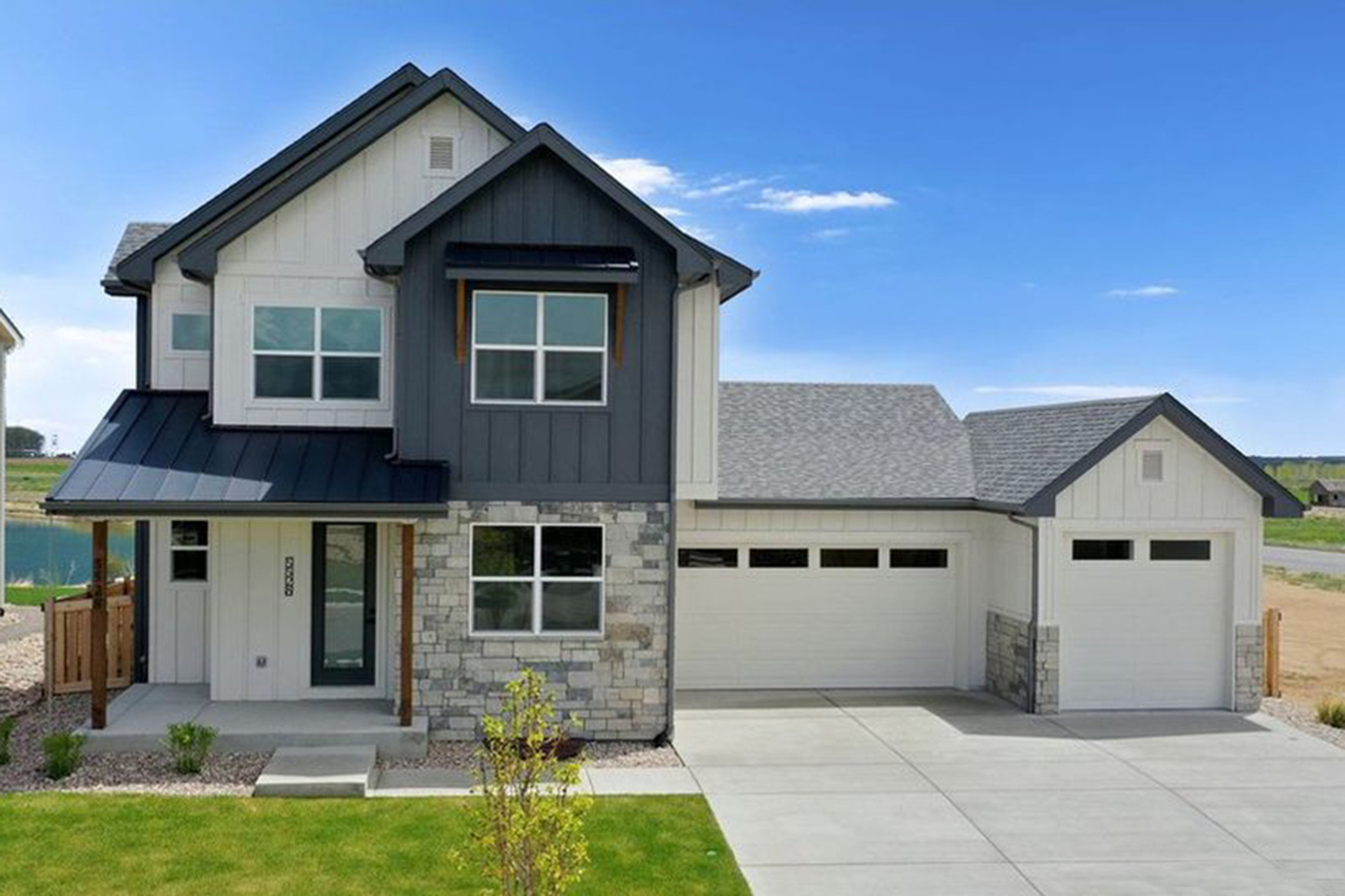The land and financing are lined up, and the decision has been made: It’s time to build that dream home.
But there’s a lot to consider in the time it takes between choosing to build and starting construction, from an initial site analysis to home design, engineering and eventually permitting. The House Plan Company, a home plan marketing company out of Eugene, OR, has teamed up with a couple of their home design experts to share tips for aspiring custom homeowners, to help them navigate through the process and make it a pain-free experience.
“Put together a solid team to help with your project. Hiring an experienced and qualified designer and contractor to guide through the decision making process will help avoid frustration and disappointment,” said Rick McAlexander, owner of Associated Designs in Eugene, Oregon. “If there are going to be other team members such as interior decorator or landscape designer they should also be brought into the project early.”
McAlexander has helped countless homeowners bring their visions to reality, and seen clients struggle through some of the same trouble spots. Many clients start the process wanting to know exactly how long it will take to get through the planning process and start construction.
Designers like Ken Pieper, owner of Ken Pieper Signature Plans in Evergreen, Colorado, stress patience. It can be typical for six months to pass between a project getting from initial design consultation to the permit application stage. Projects on simple lots may proceed a bit faster, but it is just as likely that the planning phase will take longer. Timelines can also vary by jurisdiction, depending on local regulations.
“Creating a new home, if it is designed from the beginning, will take time, and a very liberal amount of patience,” Pieper said. “Should the client purchase a pre-designed house plan, the construction timing can still become a challenge. I always instruct and advise to expect the unexpected. Patience and flexibility are a must.”
If a couple are planning the project together, being able to express clearly what each person wants to accomplish with the home early in the planning process will prevent potentially costly disagreements or second-guesses further along.
Impatience or distraction can also lead to important design elements being overlooked. That’s especially true when owners are balancing jobs, families and other life distractions with the challenge of designing a new home.
“It is not uncommon to need to gather additional engineering and specifications for your project prior to being able to apply for a building permit,” said McAlexander. “This can add weeks to the project.”
For clients working under a narrow construction window, Pieper advises creating a detailed schedule with key milestones to meet, working backwards from the targeted completion date to the present. Owners investing in a project need to have a clear-headed view of whether their timelines are attainable.
Research at the outset can give owners a clearer sense of who the architects, contractors, planning and building officials involved throughout the process are, as well as the key events to check off along the way.
“When I meet with my clients, I give them an outline, a schedule of events, individuals and authorities that will be involved during the design and build process of their home,” Pieper said.
While a custom build requires careful planning, the rewards of a truly unique home are worth the challenges. And no owner needs to go through the process alone.
“It’s never too early to bring in any professional who will be working on the project,” McAlexander said. “Their participation may be limited in the initial phase, but their feedback can be valuable and help avoid delays.”
As seen on PRUnderground



